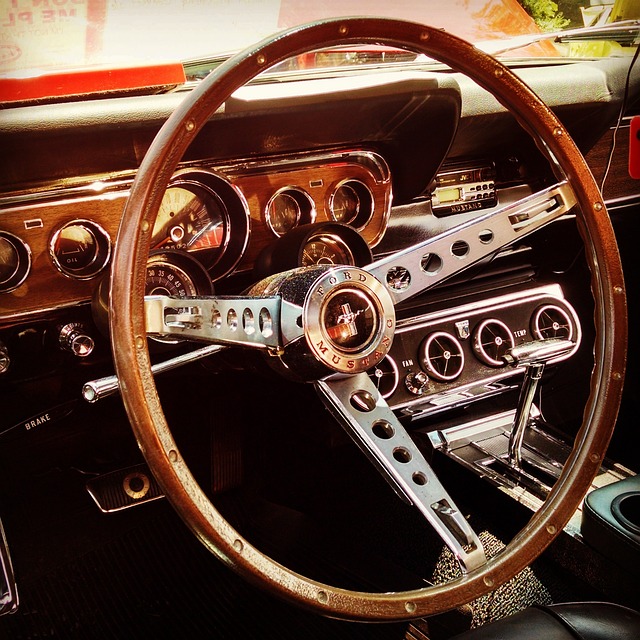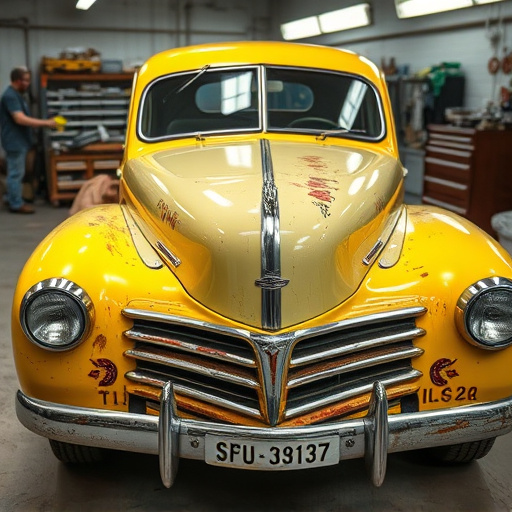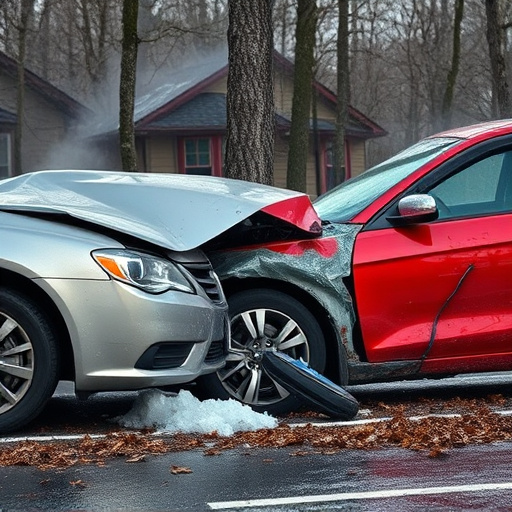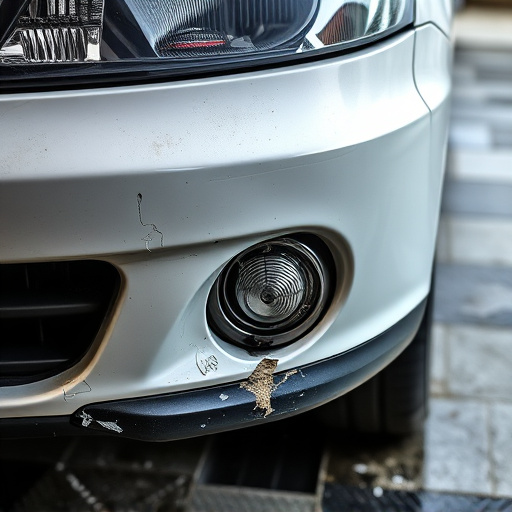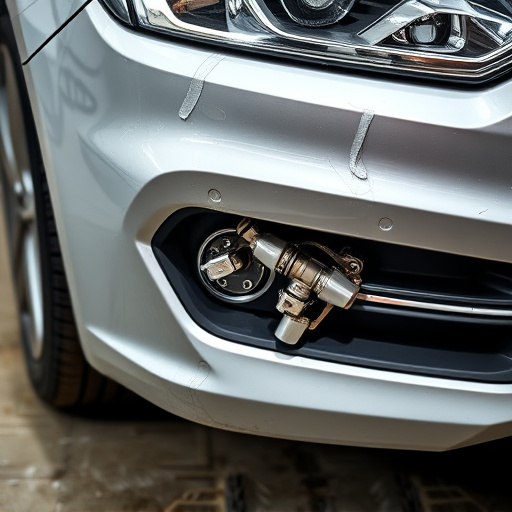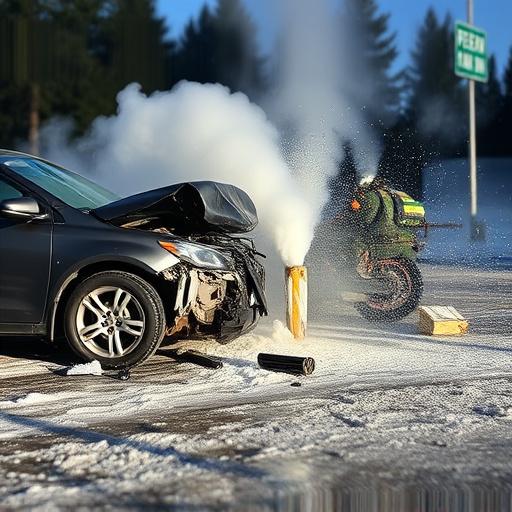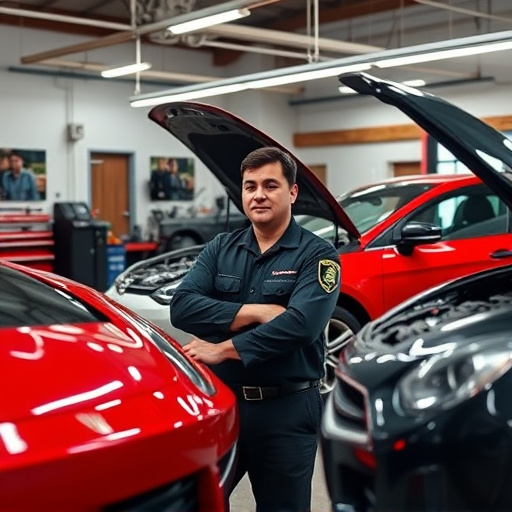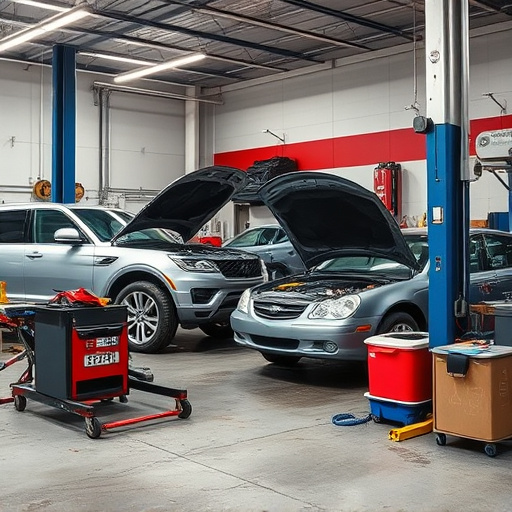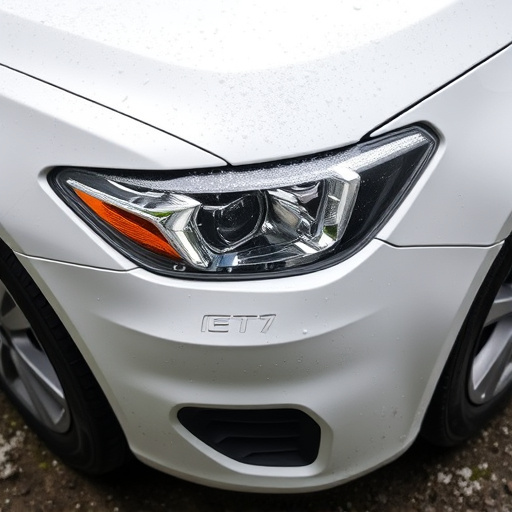Frame alignment is a critical step in auto frame repair, restoring structural integrity after damage. Skilled technicians use specialized tools like laser systems and hydraulic presses to accurately realign parts, ensuring safety standards and pre-accident conditions. Subtle damage identification and access to hard-to-reach areas pose challenges, requiring thorough inspections, training on modern techniques, and clean workspaces for precise measurements and quality repairs.
In the realm of auto body repair, frame alignment is a critical process ensuring vehicle safety and structural integrity. This comprehensive guide delves into the intricacies of understanding frame alignment, a cornerstone of proficient auto frame repair. From grasping the basic principles to exploring advanced tools and techniques, we provide insights into achieving precise straightening. Moreover, we address common challenges and best practices, empowering professionals with the knowledge to deliver top-tier auto frame repair services.
- The Basics of Frame Alignment in Auto Body Repair
- Tools and Techniques for Accurate Frame Straightening
- Common Challenges and Best Practices in Auto Frame Repair
The Basics of Frame Alignment in Auto Body Repair
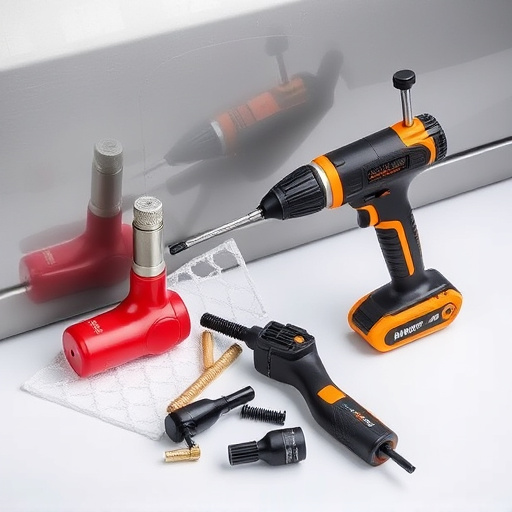
Frame alignment is a critical process in auto frame repair, ensuring that the vehicle’s structural components are accurately repositioned and realigned after damage or an automotive collision. It involves meticulous adjustments to the car’s frame, including straightening bent or damaged sections, restoring original dimensions, and re-attaching detached parts. This precise procedure is vital for maintaining the overall integrity and safety of the vehicle, especially in cases where significant impact has occurred.
Proper frame alignment is a cornerstone of automotive collision repair and fleet repair services, as it guarantees that vehicles return to their pre-accident condition. Skilled technicians use specialized tools and equipment to measure and adjust various points on the frame, ensuring that every component aligns perfectly. This meticulous process not only enhances the vehicle’s structural stability but also supports the restoration of its aesthetic appeal, crucial for both personal and commercial vehicle repair services.
Tools and Techniques for Accurate Frame Straightening
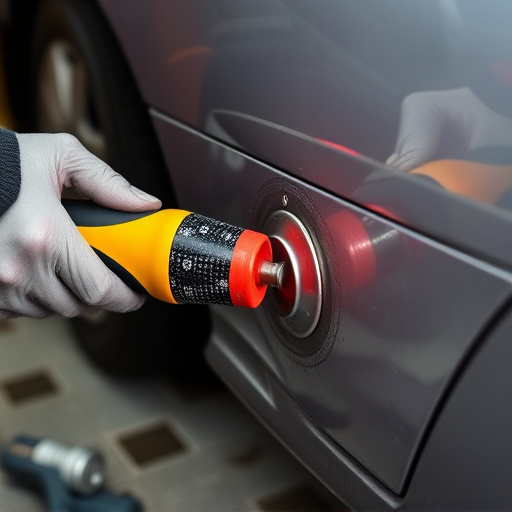
In the realm of auto frame repair, achieving precise frame straightening is paramount to ensuring a car’s structural integrity and safety. Professional mechanics employ a multifaceted approach, leveraging a variety of tools and techniques to accurately realign warped or damaged frames. Among these, laser alignment systems stand out for their unparalleled accuracy, using advanced sensors to detect and correct frame misalignments with microscopic precision. These cutting-edge tools are especially valuable in modern car manufacturing, where complex crumple zones necessitate meticulous adjustments.
Beyond lasers, hydraulic presses and specialized jacks play crucial roles in auto frame repair. Hydraulic presses enable mechanics to apply controlled force on specific areas of the frame, carefully manipulating its shape back to its original dimensions. Meanwhile, precise jacking points allow for safe lifting and supporting of the vehicle during straightening processes, ensuring minimal stress on other components. For meticulous work on premium vehicles like Mercedes Benz repairs, these techniques are combined with specialized knowledge and experience, as well as high-quality auto painting services, to restore not just structural integrity but also aesthetic appeal.
Common Challenges and Best Practices in Auto Frame Repair
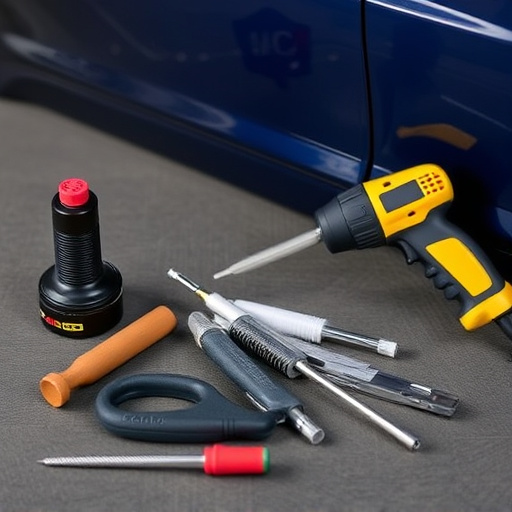
In the realm of auto frame repair, several common challenges plague both car owners and professional auto body shops. One of the primary hurdles is accurately identifying the extent of damage, especially in cases where the framework has shifted or bent slightly but not visibly. This subtle misalignment can significantly impact a vehicle’s structural integrity, making precise measurements crucial. Another challenge lies in accessing hard-to-reach areas, particularly in modern cars with complex designs and various safety features integrated into their frames.
To navigate these challenges, best practices advocate for thorough inspections using advanced diagnostic tools. These tools enable technicians to pinpoint damage accurately and assess the need for frame straightening or replacement parts. Additionally, regular training on the latest auto body repair techniques ensures that shops can handle a variety of frame issues effectively. Maintaining a clean and organized workspace also plays a vital role in precision work, facilitating quicker turnaround times without sacrificing quality during the auto maintenance process.
Frame alignment is a critical aspect of auto body repair, ensuring vehicles return to their original structural integrity. By understanding the basics, employing precise tools and techniques, and adhering to best practices, professionals can expertly address common challenges in auto frame repair, resulting in safe, reliable, and aesthetically pleasing vehicle restoration. This comprehensive approach not only satisfies customers but also enhances the overall quality of auto frame repairs across the industry.
